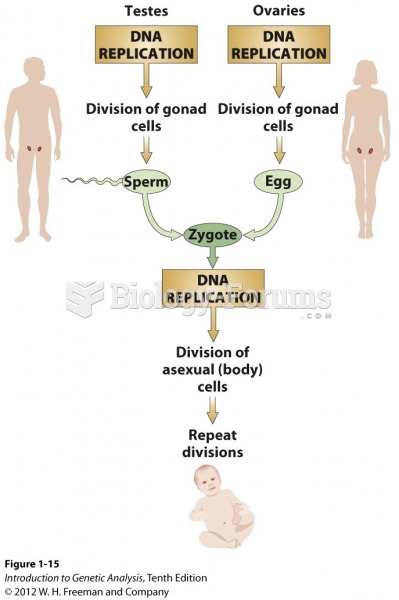|
|
|
People with high total cholesterol have about two times the risk for heart disease as people with ideal levels.
Multiple experimental evidences have confirmed that at the molecular level, cancer is caused by lesions in cellular DNA.
Looking at the sun may not only cause headache and distort your vision temporarily, but it can also cause permanent eye damage. Any exposure to sunlight adds to the cumulative effects of ultraviolet (UV) radiation on your eyes. UV exposure has been linked to eye disorders such as macular degeneration, solar retinitis, and corneal dystrophies.
Approximately 500,000 babies are born each year in the United States to teenage mothers.
More than 34,000 trademarked medication names and more than 10,000 generic medication names are in use in the United States.







